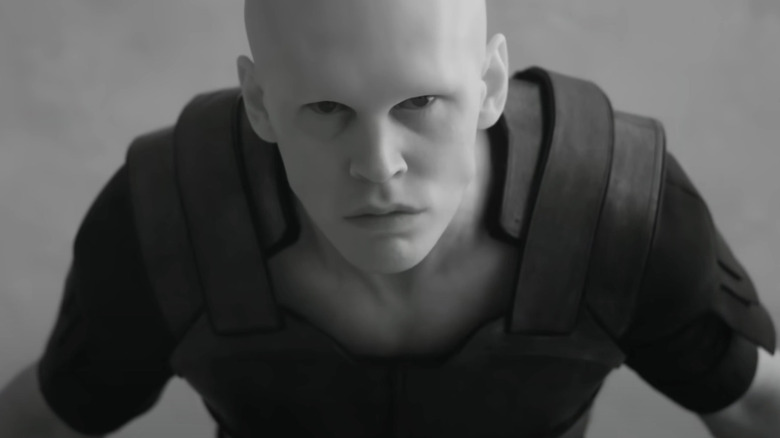HBO
The powerhouse Warner Bros have successfully added the “Dune” franchise to their repertoire. Their brand development strategy includes a HBO series titled “Dune: Prophecy.” This series is set a massive 10,000 years before the happenings of Denis Villeneuve’s big screen sensations “Dune” and “Dune: Part Two.” The timeline places the show slightly after Brian Herbert’s “Great Schools of Dune” novels, focusing on the origins of the Bene Gesserit sisterhood. With a cast featuring Emily Watson and Olivia Williams and an impressive production and costume design, the series unfortunately lacks excitement.
For those who are fans of prequels and origin tales, I apologize in advance. These storytelling formats are more often than not, storytelling disasters, with very few exceptions. Patton Oswalt humorously and colorfully explains this in his stand-up routine “At Midnight I Will Kill George Lucas with a Shovel.” Essentially, prequels are an exercise in filling in the blanks, dramatizing events we’re already aware of. While there may be unexpected twists and turns within the backstory, these incidents are merely glorified trivia. This narrative style has become so pervasive that it won’t be long before we see a full-fledged movie about the jeweler who sold Martha Wayne her pearl necklace.
If you’re here, it’s likely due to curiosity about the Harkonnens and the noticeable difference in their appearance in “Dune: Prophecy” compared to their future selves 10,000 years later. “Evolution” may seem like an oversimplified answer, but there’s more to the story. Let’s explore how the Harkonnens transformed into the pale, bald nuisances they are in Villeneuve’s movies.
The Harkonnens of Dune: Prophecy are not from Giedi Prime

Warner Bros
In “Dune: Prophecy,” Emily Watson and Olivia Williams play the roles of Mother Superior Valya Harkonnen and Reverend Mother Tula Harkonnen, respectively. They stand out with their Caucasian skin color and hair, in stark contrast to the eerily pale and bald Baron Harkonnen (Stellan Skarsgård), Glossu Raban (Dave Bautista), and Feyd-Rautha (Austin Butler). So, what’s the reason behind this?
The Harkonnens of “Dune: Prophecy” originate from a cold planet called Lankiveil, which is far more welcoming than the volcanic, industrialized Giedi Prime, encircled by a black sun. Such a dark, severe climate would drastically affect your skin color and disposition. The reason behind House Harkonnen’s transition from Lankiveil to Giedi Prime may be revealed in “Dune: Prophecy,” but considering the fact that 10,000 years is an extensive time period, it’s likely to be a result of societal shifts over eons and multiple wars. If you’re interested in witnessing fictional history unravel over potentially multiple TV seasons, then this might be your cup of tea. However, the rest of us will patiently await Villeneuve’s third movie, presumably releasing in 2026.
Credit: www.slashfilm.com


